Solar Updraft Towers: A Solution for Clean Energy and Water
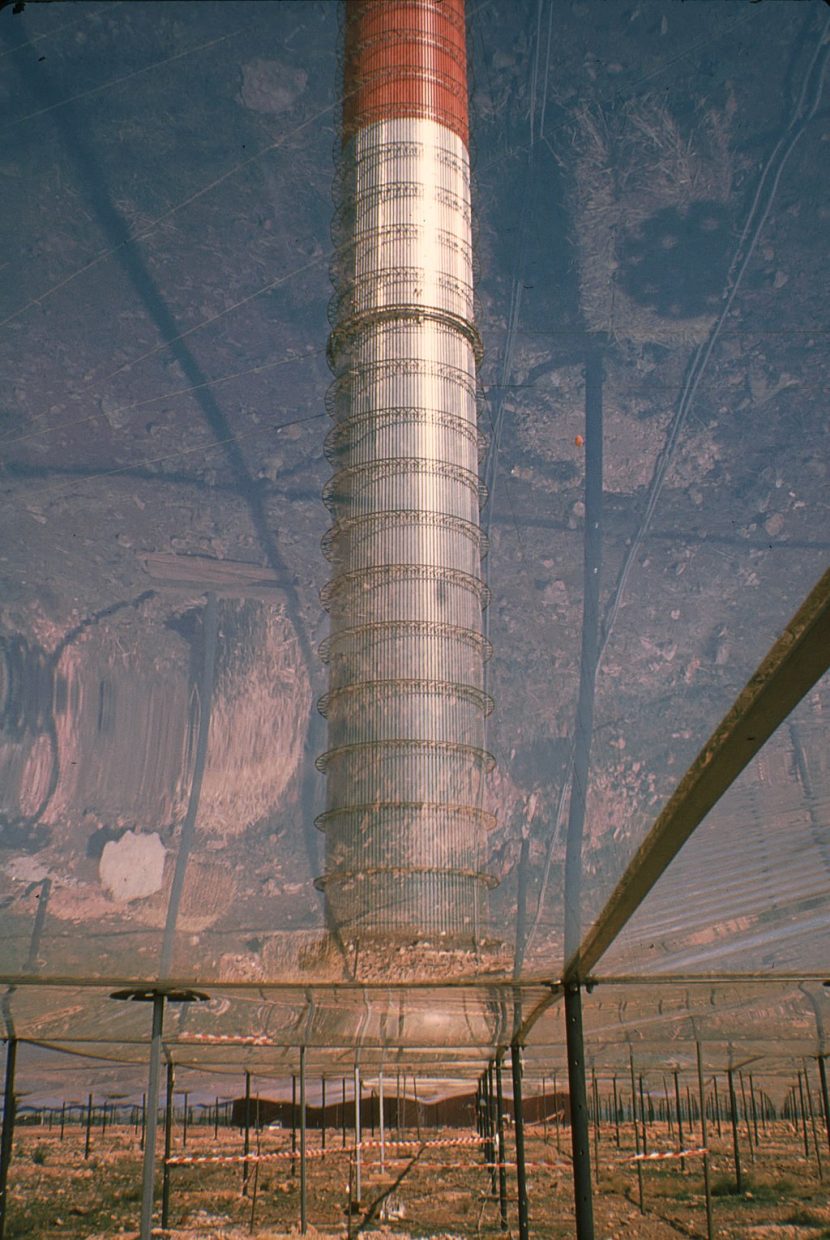
The Solar power technology that can also produce fresh water
In the race to combat climate change, innovative solutions are being developed to harness renewable energy. One of the most intriguing and often overlooked technologies is the Solar Updraft Tower (SUT). Unlike conventional solar power plants, SUTs combine the principles of convection and solar radiation to produce electricity in a unique way—by heating air and driving it through a massive chimney, where it powers turbines. But that’s not all. Modern SUTs are being designed to do something even more groundbreaking: produce clean water.
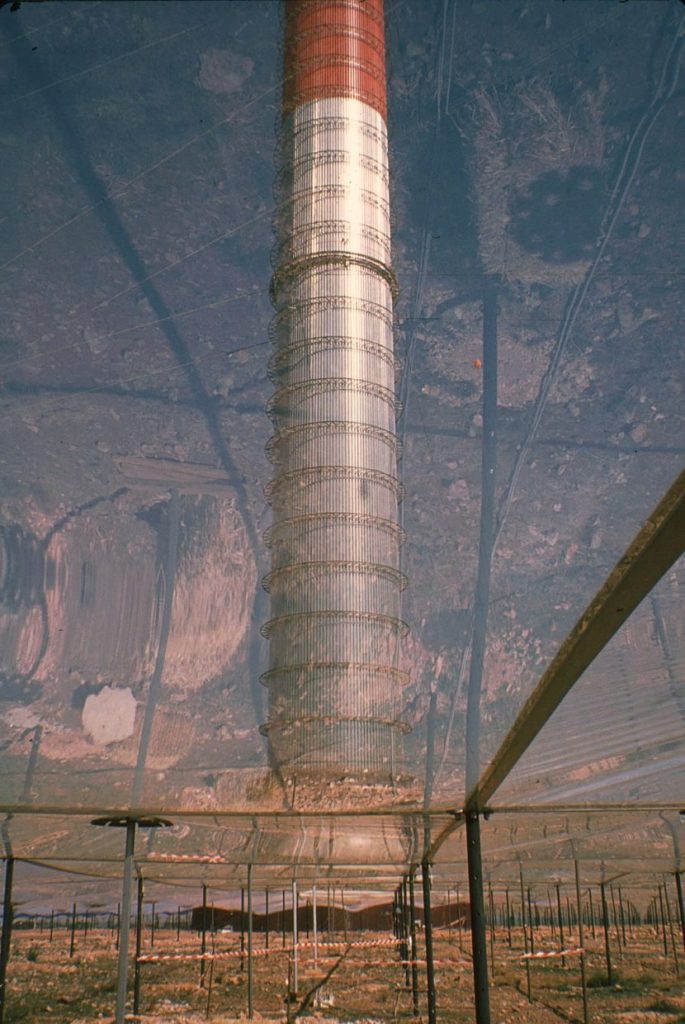
In regions facing both energy and water scarcity, such as the arid coasts of southern Spain, the Solar Updraft Tower could be a game-changer. But how does it work? What are its advantages over traditional power plants? And most importantly, can it be a cost-effective alternative in the face of stiff competition from other renewables?
How a Solar Updraft Tower Works: An Elegant Simplicity
At its core, a Solar Updraft Tower is relatively simple. Picture a giant greenhouse, known as the collector, with a vast area of transparent or translucent material, covering several square kilometers. This collector heats the air trapped underneath it using the sun’s rays. In the center of this massive circular collector stands a tall chimney—sometimes towering up to a kilometer high.
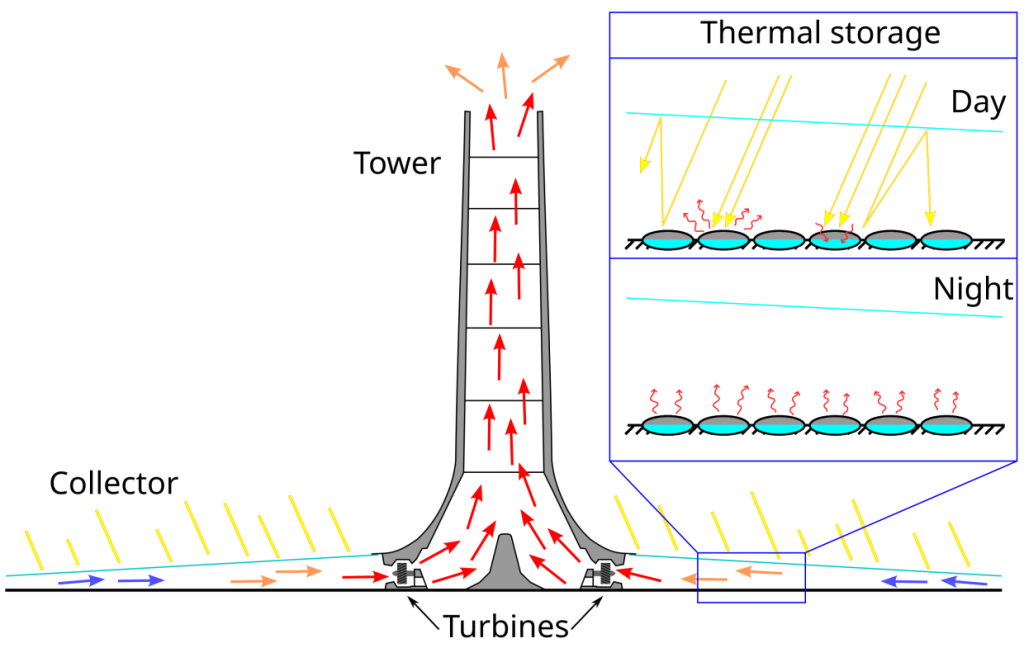
As the air in the collector heats up, it becomes lighter and starts rising towards the chimney. The temperature difference between the ground-level air and the cooler air at the top of the tower creates a continuous updraft. This upward flow of air drives turbines placed around the base of the chimney, generating electricity.
In recent years, engineers have proposed integrating desalination technology into SUTs. By using waste heat from the tower to evaporate seawater, the rising air can be saturated with moisture. As the humid air ascends, it cools, and the water vapor condenses, producing clean water. This makes SUTs not only a source of renewable energy but also a potential solution to water scarcity in arid coastal regions.
Where Could SUTs Make the Biggest Impact?
The southern coast of Spain, particularly the Cadiz region, is an ideal candidate for the deployment of Solar Updraft Towers. With abundant sunshine and a desperate need for freshwater in some areas, an SUT could offer both sustainable electricity and water production. In fact, southern Spain is already a hub for solar energy projects, making it easier to integrate new technologies like the SUT.
According to data from the Spanish government and energy companies such as Statkraft, Spain is considered one of the most profitable countries for solar investments in Europe. The region’s high solar irradiation levels—some of the best in Europe—make it a hotspot for renewable energy projects. Moreover, the presence of existing infrastructure and a supportive regulatory environment further strengthens the case for constructing a hybrid SUT in the area.
Economic Feasibility: A Balancing Act Between Cost and Innovation
Constructing a Solar Updraft Tower is no small feat. A full-scale SUT can require hundreds of millions of euros in investment. The collector alone might cover up to 4 square kilometers, with the chimney reaching a height of up to 800 meters. Materials need to withstand constant thermal stress, wind loads, and in some cases, marine environments if the tower is built near the coast.
However, in a detailed feasibility study of a proposed SUT in southern Spain, the initial capital expenditure (CAPEX) was estimated at around €350 million, a figure that might make traditional investors wince. But there’s a catch: operating costs for SUTs are minimal. They have virtually zero fuel costs, and the maintenance required is significantly lower than for wind or solar PV installations, as they rely on passive airflow rather than mechanical parts like blades or photovoltaic cells.
To break even, an SUT in the Cadiz region would need to optimize both its energy and water production. The water desalination component, while adding complexity, could generate an additional revenue stream. If the SUT could produce 15,000 cubic meters of clean water per day—a figure comparable to a small river—it would meet the needs of thousands of households, turning a power plant into a dual-purpose utility.
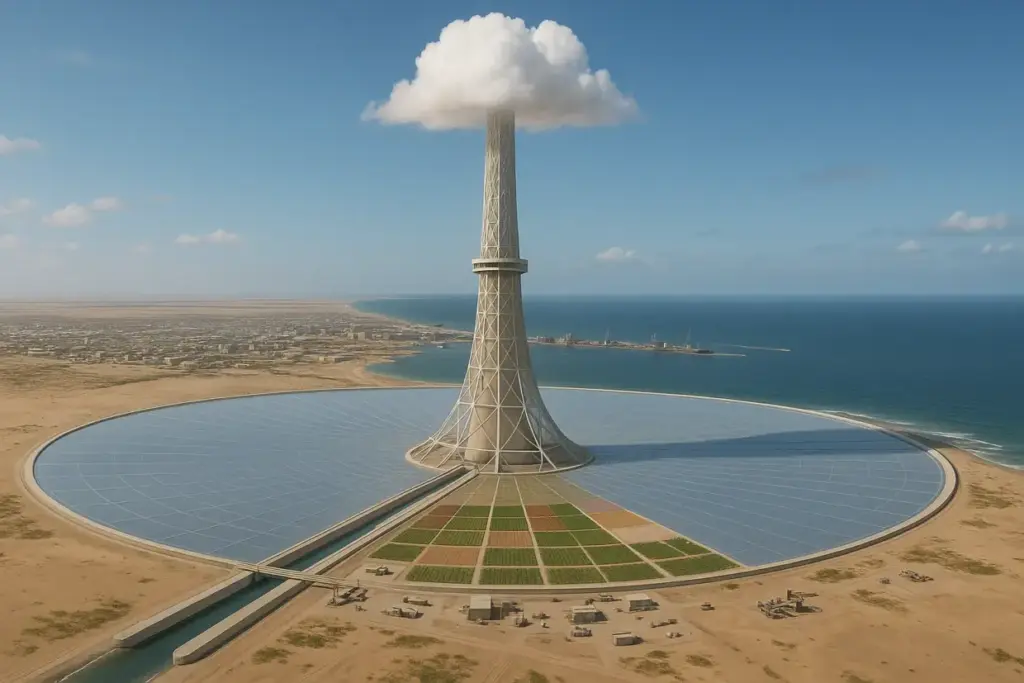
The Environmental Edge: A Carbon-Free Power Plant with a Bonus
One of the most compelling arguments for Solar Updraft Towers is their environmental impact. Traditional desalination methods, such as Reverse Osmosis (RO), consume large amounts of electricity, often sourced from fossil fuels, making them carbon-intensive. A conventional RO plant producing 5.5 million cubic meters of water per year could emit between 9,900 and 16,500 metric tons of CO2 annually. In contrast, an SUT-powered desalination system emits zero CO2 during operation, as it is entirely solar-driven. The only emissions associated with SUTs occur during construction. Thus, the adoption of SUTs could significantly reduce the carbon footprint of water production in regions where renewable energy is scarce.
While conventional photovoltaic plants do not produce energy at night, SUTs continue to do so, due to the difference in temperature outside and the collector area. This can help offset crucial drops in power production in areas that are largely dependent on PV and flatten the volalitlity of the supply curve.
Challenges and Criticisms: Why Aren’t There More SUTs?
Despite their potential, SUTs have been slow to gain traction. One major obstacle is their massive size. A full-scale SUT requires significant land, and its towering chimney can be a visual eyesore. In some cases, land acquisition and environmental concerns have stalled projects. Additionally, the initial capital costs are daunting, often surpassing those of other renewables like wind and solar PV.
Moreover, the efficiency of SUTs decreases significantly on cloudy days or in regions with less intense sunlight. This makes them suitable for only a limited number of locations worldwide. But as the technology matures and integration with other systems, such as battery storage or advanced desalination, becomes possible, SUTs could carve out a niche market.
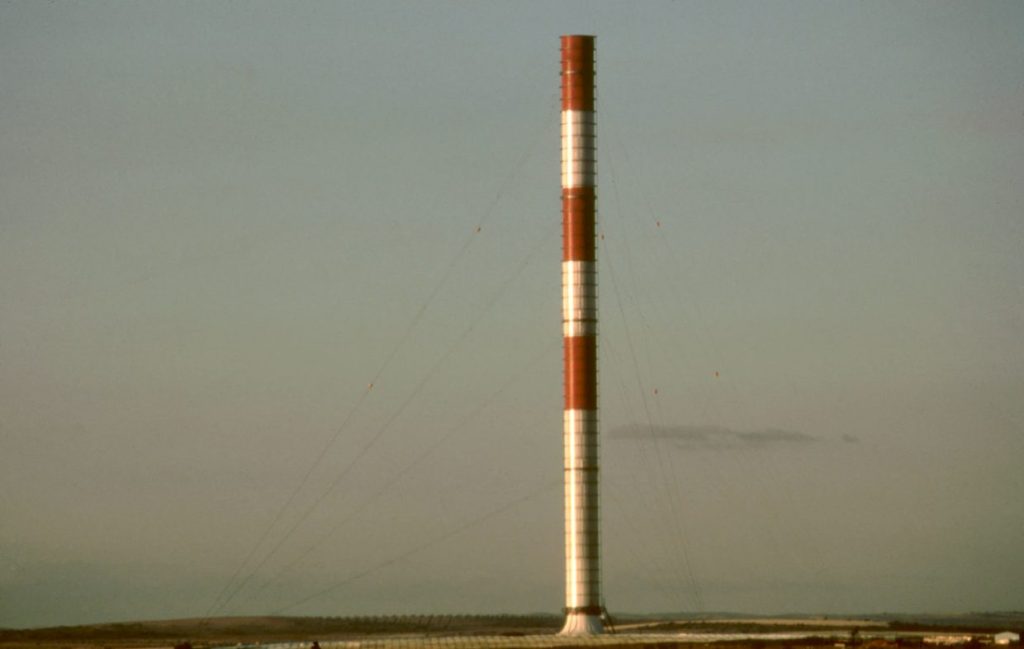
The Future: Can Solar Updraft Towers Compete?
While the Solar Updraft Tower may never rival traditional solar PV or wind turbines in sheer scalability, it has a unique advantage: it offers a way to produce both energy and water with minimal environmental impact. This dual functionality could make it a cornerstone of sustainable development in regions struggling with both power shortages and water scarcity.
In the future, hybrid SUTs might be constructed in conjunction with large-scale solar farms, serving as multi-utility plants that stabilize local grids while providing essential resources. If countries like Spain continue to support innovative renewable energy projects, Solar Updraft Towers could soon move from being a niche technology to a mainstream solution.
Removal of Atmospheric Methane
Recently in a research paper it was looked at the potential for Atmospheric Methane removal by using Photocatalytic Reactors like a Solar Updraft Tower. Promising Research shows that the effectiveness of Methane removal can be increased with the scale of the SUT and that there are configurations that would allow to optimize the SUT for Methane removal.
A Hopeful Path Forward
Solar Updraft Towers are more than just a novel idea; they are a symbol of how human ingenuity can turn two of our biggest challenges—energy and water scarcity—into opportunities for sustainable growth. With the right location, investment, and public support, SUTs could become a powerful tool in the global fight against climate change.
References:
- Schaich, B., Schlaich, J., & Weinrebe, G. “Solar Updraft Towers: Electricity Generation and Water Production at Competitive Costs.” Renewable Energy Journal.
- Statkraft. “Statkraft Accelerates Solar Investments: Four New Solar Farms in Southern Spain.”
- Invest in Spain. “Spain: The Most Profitable Country in Europe for Solar Energy Investors.”
- A review on solar updraft tower plant technology: Thermodynamic analysis, worldwide status, recent advances, major challenges and opportunities https://www.sciencedirect.com/science/article/abs/pii/S2213138822001436
- Feasibility of Solar Updraft Towers as Photocatalytic Reactors for Removal of Atmospheric Methane–The Role of Catalysts and Rate Limiting Steps https://www.frontiersin.org/journals/chemistry/articles/10.3389/fchem.2021.745347/full
